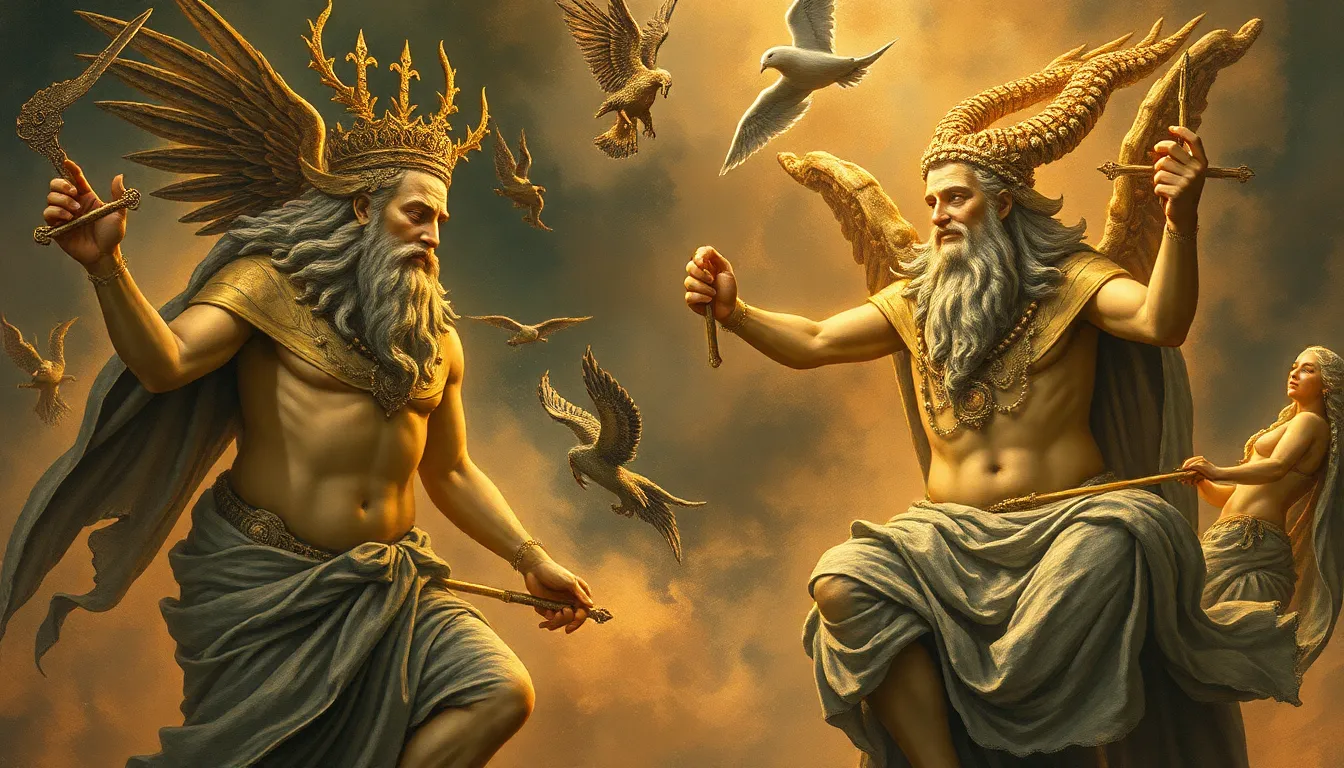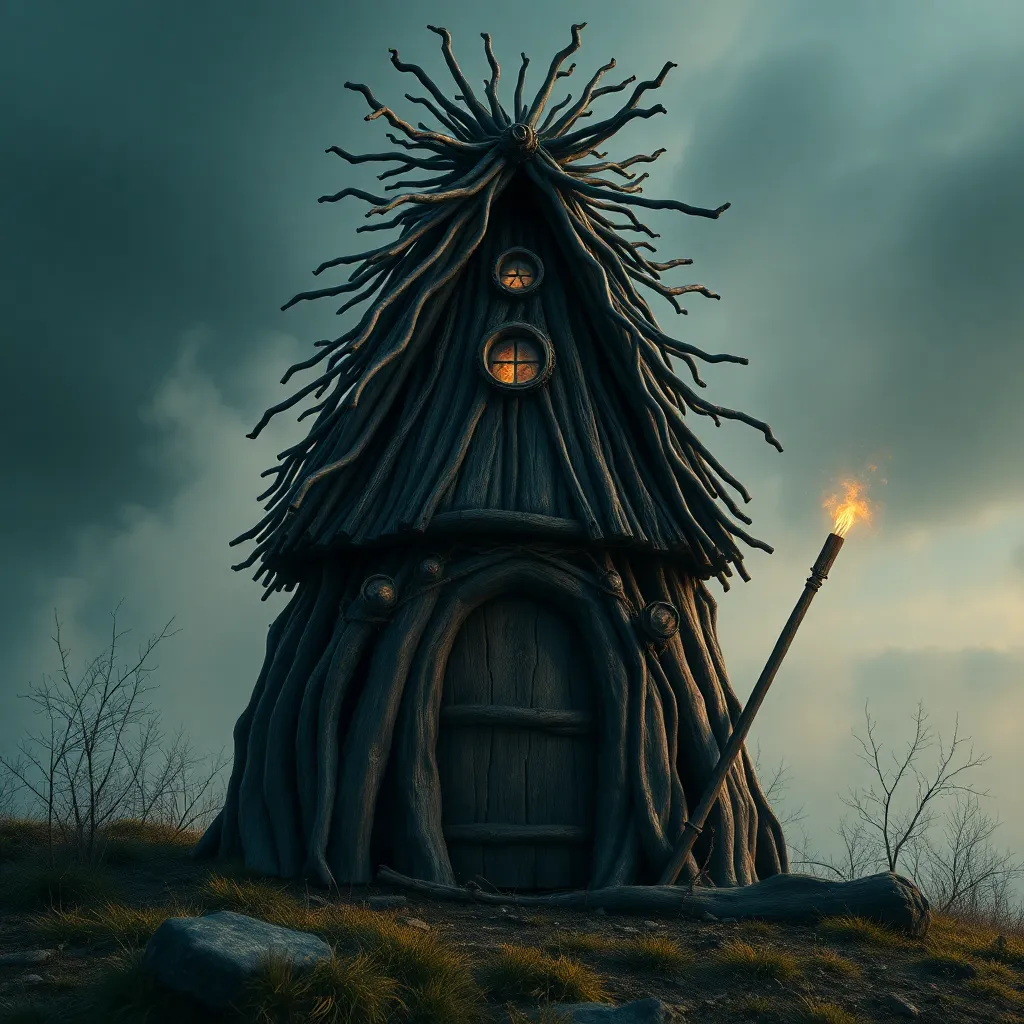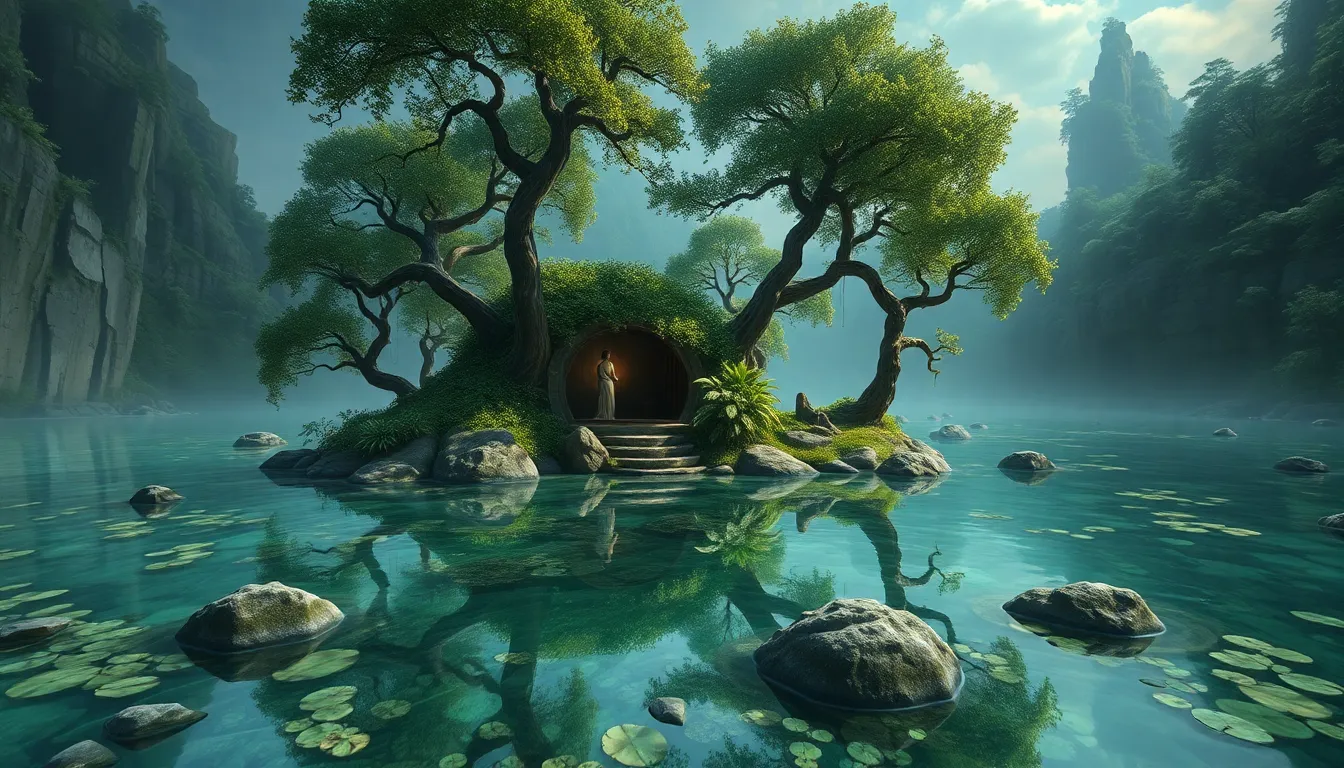Ancient Deities in Art: How They Inspired Masterpieces
1. Introduction
Throughout history, ancient deities have held a significant place in the cultural narratives of various civilizations. These divine figures not only symbolize the beliefs and values of their societies but also serve as powerful sources of inspiration for artistic expression. From sculptures and paintings to literature and performances, mythology has profoundly impacted art, shaping the ways in which stories and ideas are conveyed across generations.
2. The Role of Mythology in Ancient Civilizations
Mythology played a crucial role in ancient civilizations, serving as a framework for understanding the world and human existence. Key ancient cultures such as the Greek, Roman, Egyptian, and Mesopotamian civilizations relied on their pantheons to explain natural phenomena, societal norms, and moral values.
- Greek Civilization: The Greeks personified their understanding of life through deities like Zeus and Athena, influencing politics, art, and philosophy.
- Roman Civilization: The Romans adopted and adapted Greek gods, integrating them into their own culture and governance.
- Egyptian Civilization: Egyptian deities were integral to their understanding of the afterlife and the cosmos, deeply influencing their art and architecture.
- Mesopotamian Civilization: The gods of Mesopotamia, such as Marduk, played vital roles in urban development and societal organization.
3. Iconography of Ancient Deities
Understanding the iconography associated with ancient deities is essential for interpreting the art of these cultures. Each deity is often depicted with specific symbols and attributes that convey their powers and stories. For example:
- Zeus: Often shown with a lightning bolt and an eagle, representing his dominion over the sky.
- Isis: Depicted with a throne on her head, symbolizing her role as a protector and goddess of motherhood.
- Marduk: Frequently illustrated holding a spade or a dragon, embodying his power over chaos and creation.
The importance of iconography lies in its ability to convey complex narratives and beliefs, making the divine accessible to the mortal realm.
4. Case Study: Greek Mythology and its Artistic Legacy
Greek mythology has left an indelible mark on art, particularly during the Renaissance and the neoclassical period. Major deities such as Zeus, Athena, and Apollo have inspired countless masterpieces. Artists like Michelangelo and Raphael drew heavily from these mythological themes, imbuing their works with classical ideals of beauty, heroism, and moral virtue.
For instance, Michelangelo’s Creation of Adam in the Sistine Chapel captures the moment of divine inspiration, showcasing the profound connection between humanity and the divine. Similarly, the numerous sculptures of Greek gods, such as the Discobolus (the Discus Thrower), highlight the human form’s beauty, reflecting the Greeks’ reverence for physical perfection.
5. Egyptian Deities and Their Representation in Art
In ancient Egypt, the representation of deities such as Ra, Osiris, and Isis was integral to their artistic tradition. Egyptian art is characterized by its adherence to strict conventions, which served to honor the gods and ensure their favor.
- Ra: Often depicted as a falcon or a sun disk, symbolizing his role as the sun god and giver of life.
- Osiris: Shown as a mummified king, representing death and resurrection, crucial to Egyptian beliefs in the afterlife.
- Isis: Frequently portrayed nursing her son Horus, embodying motherhood and protection.
These representations not only reflect the religious beliefs of the Egyptians but also their societal structure, where art was used as a means of communication with the divine.
6. The Influence of Mesopotamian Deities on Art and Architecture
Mesopotamian deities such as Marduk and Ishtar greatly influenced art and architecture in ancient urban settings. Temples dedicated to these gods, like the ziggurats, were not only architectural marvels but also served as centers of worship and community life.
The intricate reliefs and carvings found in these structures often depicted mythological scenes, showcasing the gods’ interactions with humans and the natural world. For example, the Ishtar Gate in Babylon features vibrant glazed bricks adorned with images of dragons and bulls, symbolizing the protective nature of the goddess Ishtar.
7. Artistic Techniques Inspired by Divine Narratives
Various artistic techniques have been employed throughout history to depict ancient deities, each evolving over time to reflect cultural changes. Techniques include:
- Sculpture: Used to create lifelike representations of deities in marble and stone, highlighting physical attributes and expressions.
- Fresco: Wall paintings that often illustrated mythological narratives in temples and public spaces.
- Pottery: Vases and bowls adorned with scenes of gods and goddesses, showcasing daily life intertwined with divine influence.
These techniques not only served aesthetic purposes but also functioned as storytelling tools, connecting viewers with ancient narratives.
8. Modern Interpretations of Ancient Deities in Contemporary Art
Contemporary artists continue to draw inspiration from ancient deities, reinterpreting classical themes for modern audiences. Artists like Damien Hirst and Kehinde Wiley have utilized mythological references to comment on contemporary issues.
For example, Wiley’s portraits of modern figures in poses reminiscent of classical deities challenge traditional narratives of power and representation. Similarly, Hirst’s works often juxtapose life and death, echoing themes found in ancient mythology.
9. The Influence of Ancient Deities on Literature and Performance Arts
The impact of ancient deities extends beyond visual arts into literature and performance. Classical plays, novels, and modern adaptations often draw upon mythological themes.
- Plays: Works such as Oedipus Rex by Sophocles explore the interplay of fate and divine influence.
- Novels: Modern retellings of myths, like Madeline Miller’s Circe, bring ancient narratives to new audiences.
These forms of artistic expression highlight the timeless relevance of ancient deities and their narratives, showcasing their ability to resonate with contemporary themes and issues.
10. Conclusion
The enduring legacy of ancient deities in art is a testament to their significance in shaping cultural narratives and societal values across civilizations. As we explore the rich tapestry of artistic expression inspired by these mythical figures, we recognize their relevance in today’s cultural landscape. The stories of gods and goddesses continue to inspire artists, writers, and performers, ensuring that the influence of ancient mythology remains vibrant and impactful in our modern world.



